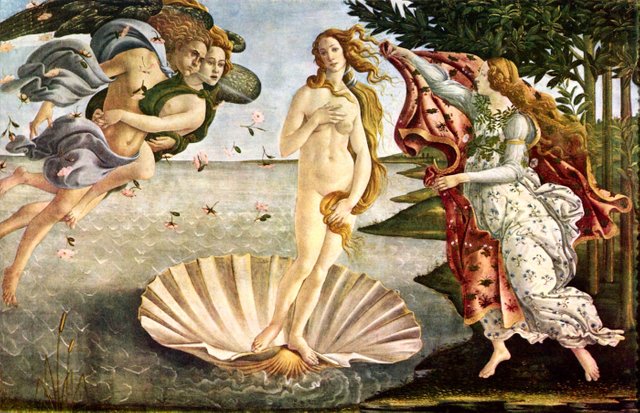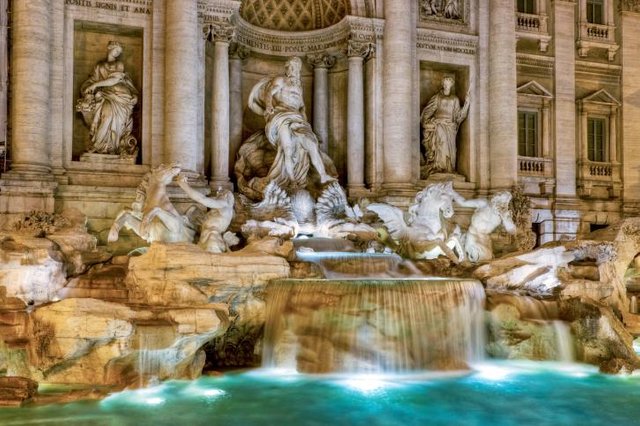Italian art
From the stupendous Byzantine mosaics of the churches of Ravenna to the Greek temples of Sicily and the Roman amphitheatres of other cities, Italian art, in all its expressive forms, spreads beautifully over the centuries - from the Roman Empire to the present day - continually surprising the sensitivity of the observer.
Italy is the country of Donatello, Tintoretto, Titian, Giorgione: authors of a great number of extraordinary and valuable works of art. Giotto, the most important artist of the 14th century and author of the Bell Tower of Florence and the frescoes of the Upper Basilica of St. Francis of Assisi, received his artistic training at the Cimabue School. The princes of the 15th and 16th centuries entrusted painters, sculptors and architects with the task of beautifying their residences and cities. So did the papal curia: in the first half of the 16th century, Raphael and Michelangelo operated in this field. The latter is a sculptor (La Piedad, St. Peter's Basilica), architect (St. Peter's Dome) and painter (Sistine Chapel). Renaissance painting - as well as literature - rediscovers the mythological themes of antiquity: in the painting The Birth of Venus (approximately 1485, Uffizi Gallery, Florence), Botticelli represents the goddess of love being born from the foam of the sea.
Gian Lorenzo Bernini, for his part, is the most important interpreter of the Baroque period. He is an architect, painter, stage designer, comedian and, above all, sculptor. He received his artistic training in Rome, where he worked all his life as an official artist for the Popes and the most important Roman families. His artistic production is extraordinarily wide and varied, the result of the splendid combination of architecture, sculpture and painting. His most famous sculptures are Apollo and Daphne (1622-24), preserved in the Gallery of Villa Borghese, and the Ecstasy of St. Teresa (1644-51), in the Church of St. Mary of Victory, both in Rome. For more than fifty years Bernini was responsible for the extension and decoration of St. Peter's Basilica, for which he built the square with the Columnata (1657-65), the Baldachin (1624-33), the Chair of St. Peter (1656-66) and the tombs of two Popes. He also decorated the main Roman squares with monumental fountains, such as the beautiful River Fountain (1648-51) in Piazza Navona.
In the 18th century Canaletto painted his splendid images of Venice and Venetian life, immersed in an extremely realistic light and atmosphere. This century saw the return of the classical ideals - both in literature and in art - stimulated by numerous archaeological finds, including those of Herculaneum and Pompeii: Antonio Canova (Amor e Psyche, 1787-93, Possagno Collection - Treviso) was undoubtedly the greatest interpreter of Neoclassicism in the field of sculpture.
The Italian Nine Hundred was performed by several different and original authors, such as the futurists Boccioni, Balla and Carrà, as well as Giorgio De Chirico, Renato Guttuso and Alberto Burri. The latter (1915-1995) used "poor" materials for his works, such as bags, plastic and tar. The artist attacks the material with burns and tears. Materials are the absolute protagonists: they represent nothing, but suggest moods, suffering and torments rooted in man and life.


Dear Artzonian, thanks for using the #ArtzOne hashtag. Your work is valuable to the @ArtzOne community. Quote of the week: Art, freedom and creativity will change society faster than politics. -Victor Pinchuk